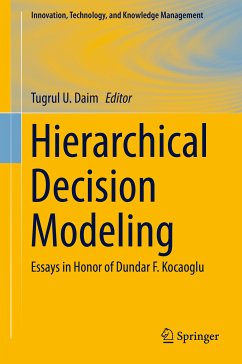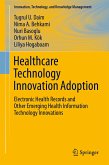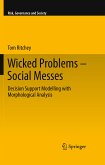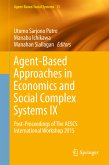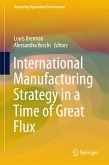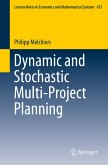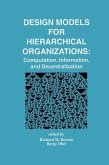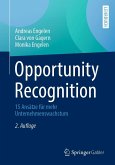This volume, developed in honor of Dr. Dundar F. Kocaoglu, aims to demonstrate the applications of the Hierarchical Decision Model (HDM) in different sectors and its capacity in decision analysis. It is comprised of essays from noted scholars, academics and researchers of engineering and technology management around the world. This book is organized into four parts: Technology Assessment, Strategic Planning, National Technology Planning and Decision Making Tools.
Dr. Dundar F. Kocaoglu is one of the pioneers of multiple decision models using hierarchies, and creator of the HDM in decision analysis. HDM is a mission-oriented method for evaluation and/or selection among alternatives. A wide range of alternatives can be considered, including but not limited to, different technologies, projects, markets, jobs, products, cities to live in, houses to buy, apartments to rent, and schools to attend. Dr. Kocaoglu's approach has been adopted for decision problems in many industrial sectors, including electronics research and development, education, government planning, agriculture, energy, technology transfer, semiconductor manufacturing, and has influenced policy locally, nationally, and internationally. Moreover, his students developed advanced tools and software applications to further improve and enhance the robustness of the HDM approach.
Dr. Kocaoglu has made many contributions to the field of Engineering and Technology Management. During his tenure at Portland State University, he founded the Engineering and Technology Management program, where he served as Program Director and later, Department Chair. He also started the Portland International Conference on Management of Engineering and Technology (PICMET), which organizes an annual conference in international locations such as Korea, Turkey, South Africa, Thailand, and Japan. His teaching has won awards and resulted in a strong sense of student loyalty among hisstudents even decades later. Through his academic work and research, Dr. Kocaoglu has strongly supported researchers of engineering management and has provided tremendous service to the field.
This volume recognizes and celebrates Dr. Kocaoglu's profound contributions to the field, and will serve as a resource for generations of researchers, practitioners and students.
Dr. Dundar F. Kocaoglu is one of the pioneers of multiple decision models using hierarchies, and creator of the HDM in decision analysis. HDM is a mission-oriented method for evaluation and/or selection among alternatives. A wide range of alternatives can be considered, including but not limited to, different technologies, projects, markets, jobs, products, cities to live in, houses to buy, apartments to rent, and schools to attend. Dr. Kocaoglu's approach has been adopted for decision problems in many industrial sectors, including electronics research and development, education, government planning, agriculture, energy, technology transfer, semiconductor manufacturing, and has influenced policy locally, nationally, and internationally. Moreover, his students developed advanced tools and software applications to further improve and enhance the robustness of the HDM approach.
Dr. Kocaoglu has made many contributions to the field of Engineering and Technology Management. During his tenure at Portland State University, he founded the Engineering and Technology Management program, where he served as Program Director and later, Department Chair. He also started the Portland International Conference on Management of Engineering and Technology (PICMET), which organizes an annual conference in international locations such as Korea, Turkey, South Africa, Thailand, and Japan. His teaching has won awards and resulted in a strong sense of student loyalty among hisstudents even decades later. Through his academic work and research, Dr. Kocaoglu has strongly supported researchers of engineering management and has provided tremendous service to the field.
This volume recognizes and celebrates Dr. Kocaoglu's profound contributions to the field, and will serve as a resource for generations of researchers, practitioners and students.
Dieser Download kann aus rechtlichen Gründen nur mit Rechnungsadresse in A, B, BG, CY, CZ, D, DK, EW, E, FIN, F, GR, HR, H, IRL, I, LT, L, LR, M, NL, PL, P, R, S, SLO, SK ausgeliefert werden.

